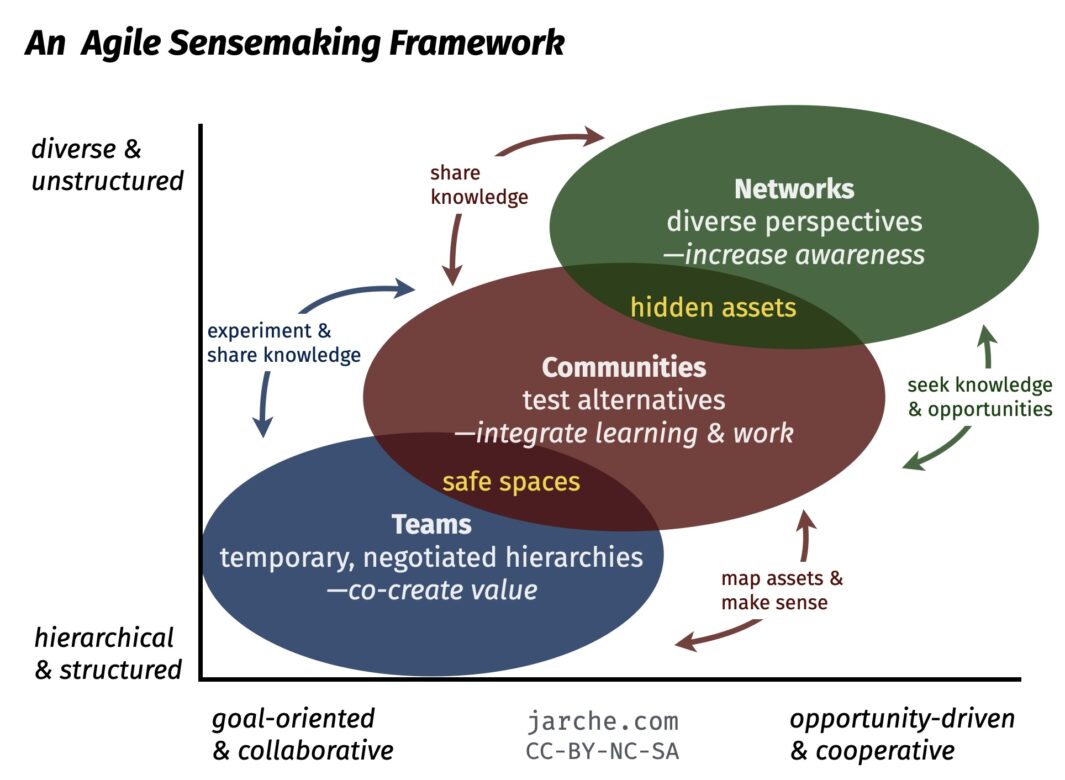Turnover costs companies billions each year and is often framed as a productivity issue or a matter of individual work ethic. In reality, retention reflects culture. When employees don’t feel valued, heard or supported, they disengage and eventually leave. Retention is crucial because productivity and loyalty are downstream effects of culture, not the other way around. Culture is the headwater: When the source is healthy, productivity flows; when the source is polluted or depleted, performance dries up.
Research consistently shows culture outweighs pay or process in impacting intent to stay. When culture falls short of expectations, productivity efforts stall as employees lack trust, clarity or motivation. Recent research confirms this pattern, identifying two universal predictors of turnover across roles. The first is perceived communication quality, or how well employees believe the organization communicates and not what leaders think they are communicating. The second is whether employees feel valued, based on their belief that their contributions and identities matter within the organization. These cultural drivers are not just perceptions. They help predict disengagement and exit and are essential components of a healthy workplace.
See also: Want to end quitting in place? It takes more than ‘thank you’
Generational expectations and cultural shifts
Generational shifts in expectations have made retention a more pressing issue. Traditional workplace models often separated “work” from “self.” Loyalty was expected, even if meaning or purpose was not part of the equation. Today, however, Gen Z and millennials seek alignment with values and wellbeing. If they don’t find it, they are far more likely to leave.
What can appear as impatience or lack of loyalty is instead a reflection of how employees experience work. Younger generations adopt technology at a faster rate, accelerating career paths and expanding visibility into new opportunities. These factors reshape how they evaluate their current role, including whether to stay or move on. For HR leaders, it’s imperative for retention strategies to reflect these cultural expectations. Traditional approaches no longer satisfy a workforce that prioritizes values, growth, belonging and cultural alignment over tenure.
Hidden drivers of disengagement
Quiet quitting, or the choice to do the bare minimum, is less a rejection of work and more a withdrawal from a culture that feels indifferent. Empathy is the pivot and a powerful influence. Research shows that leader empathy is directly tied to intent to stay, job satisfaction and performance. Yet only 27% of employees strongly believe their leader cares about them as a person, and only 21% agree their leader cares about how life outside work affects their job.
These gaps are not abstract; instead, they represent measurable retention risk. In high-empathy workplaces, 67% of employees report a strong intent to stay, compared with just 5% in low-empathy environments. The message is clear: Empathy is not only a key soft skill, but a valuable retention strategy and a frequently overlooked influence on disengagement.
Where should HR executives begin? Research highlights three practices that consistently make a difference.
- Transparent communication: This practice builds inclusion and prevents mistrust.
- Consistent recognition: Acknowledging contributions regularly deepens trust and loyalty.
- Leader consistency: Demonstrating respect, openness, and reliability stabilizes culture and boosts performance.
These practices don’t demand significant budget allocations. Discipline, attention and integration into daily management and leadership behaviors are the keys to successful implementation.
Feedback loops: Revealing leadership blind spots
Feedback remains one of the most underutilized (or mis-utilized) tools. Employees often see issues that leaders overlook, but organizations struggle to create safe, credible mechanisms for surfacing them. One challenge is that feedback often implicates leadership, making it feel politically risky.
This is where mid-level managers play a critical role. Positioned closest to the workforce and leadership, they are frequently the first to feel the strain of inadequate feedback systems and sense cultural cracks. Yet without training and adequate support, they can unintentionally widen gaps instead of closing them. To strengthen feedback loops and bypass internal barriers to effectiveness, third-party or cross-functional facilitators can depersonalize input, make it actionable and mitigate the bias or defensiveness that often derail internal processes.
Embedding empathy and values into daily practices
Culture lives in moments, not mission statements or values posters. A manager checking in on a person’s wellbeing, a leader acknowledging contributions or a team celebrating milestones are the types of interactions that positively impact how employees experience the organization and its culture.
When leaders demonstrate empathy and inclusion, employees interpret those behaviors as a reflection of the organization. In other words, leader empathy becomes synonymous with organizational empathy in the eyes of employees. Conversely, when empathy is absent, even well-designed companywide initiatives are dismissed as hollow. For HR executives, embedding empathy means providing targeted training, integrating recognition into performance processes and making values visible in hiring, promotion and reward systems. This approach promotes consistency between stated and lived values.
Measuring cultural health
Retention data can indicate cultural success, but retention is a lagging indicator. As such, it’s crucial for proactive HR leaders to track leading indicators of cultural health, including:
- Perceived empathy: Do leaders show employees they care about them as individuals?
- Communication effectiveness: Are messages clear, transparent and responsive?
- Job satisfaction: Are leaders monitoring this as a reliable predictor of intent to stay?
Using validated, reliable scales to track these indicators alongside traditional operational dashboards enable HR leaders to identify risks before they manifest as turnover. Just as financial metrics provide early warning signs of fiscal instability, cultural metrics offer a forward-looking lens into organizational health.
Retention as a strategic imperative
The cost of replacing an employee ranges from 50% to 200% of the employee’s annual salary. For large organizations, these costs can scale quickly. Retention cannot be solved by extracting more productivity from employees. It requires creating environments where people want to stay, feel valued and trust leadership. For HR executives, the call is clear: Retention is a culture problem. Solve for culture, and downstream productivity will follow.




















